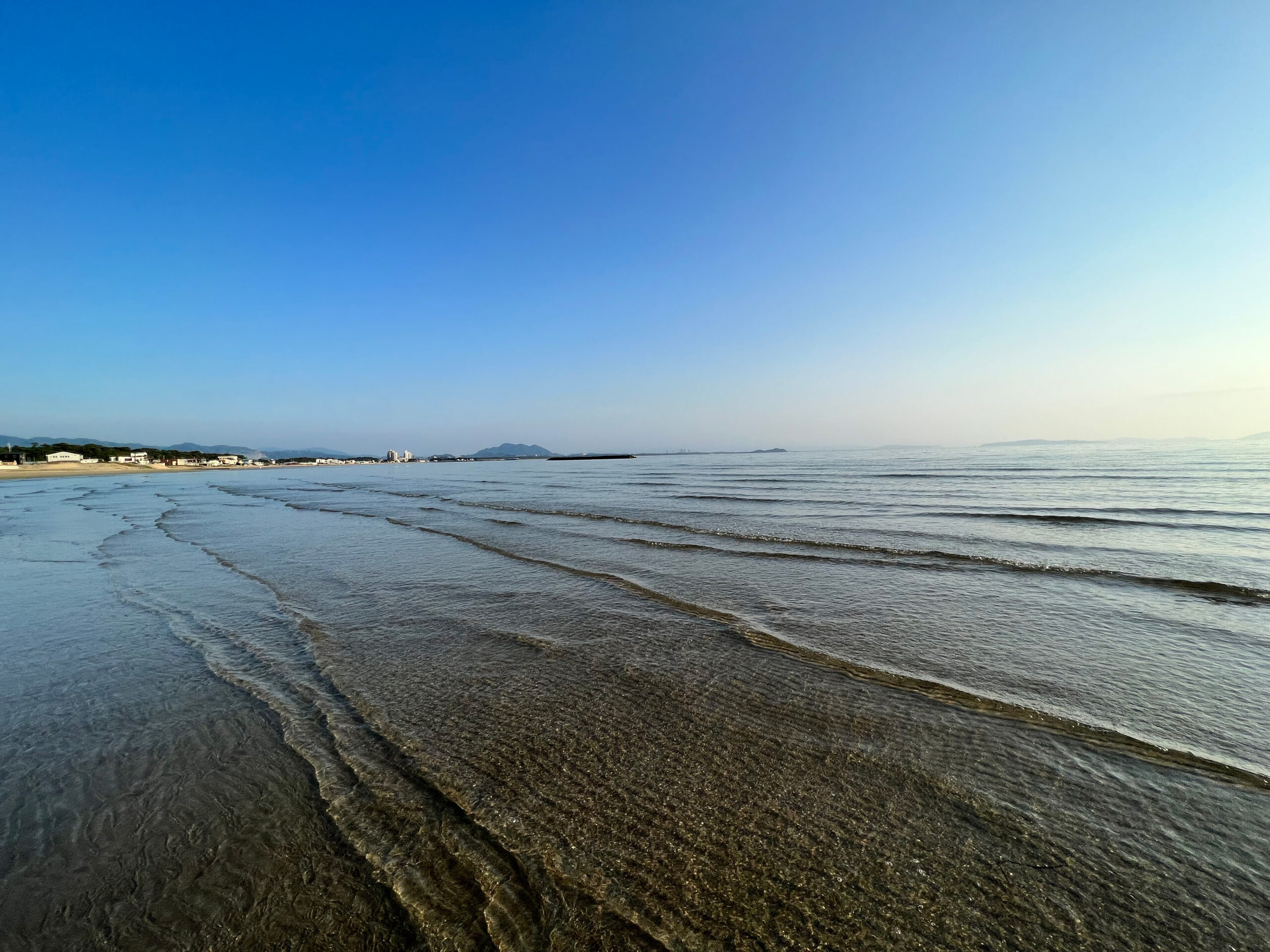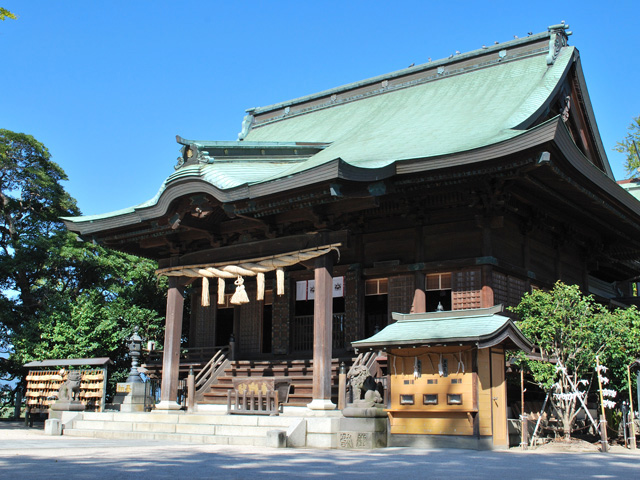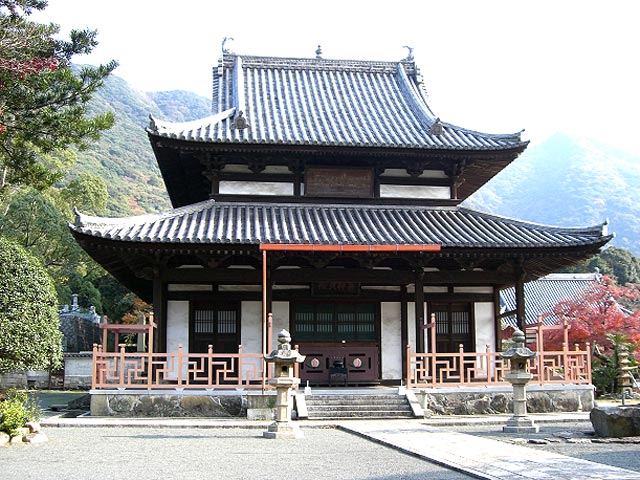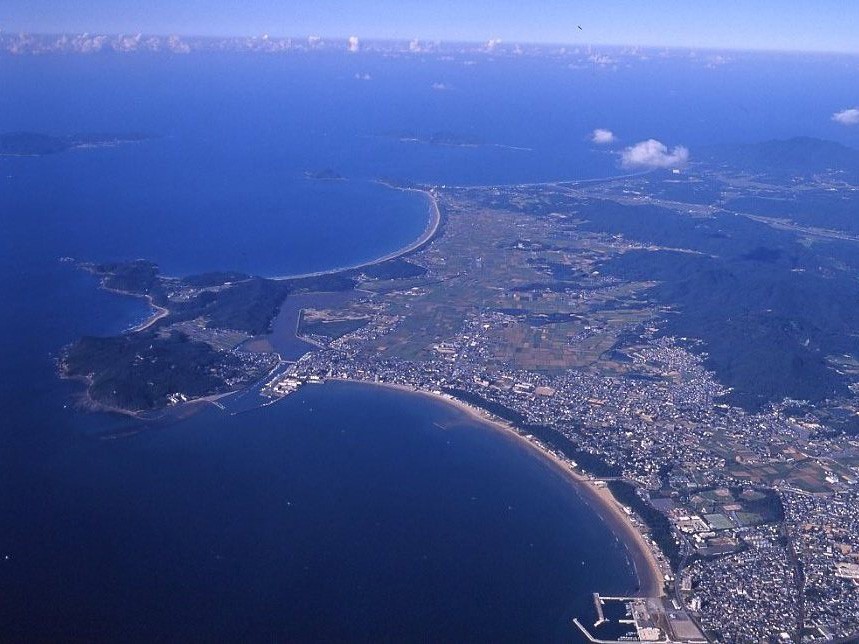
The whole area of the Tsuyazaki mound in aerial photography
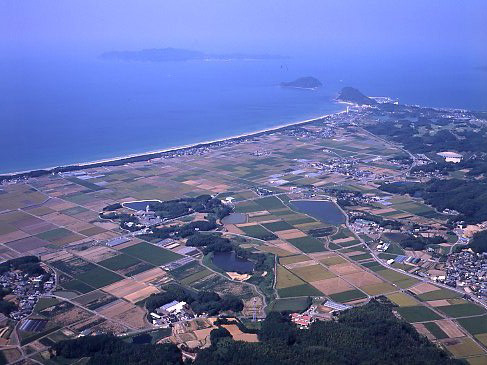
Distant view of Niihara-Nuzan mound
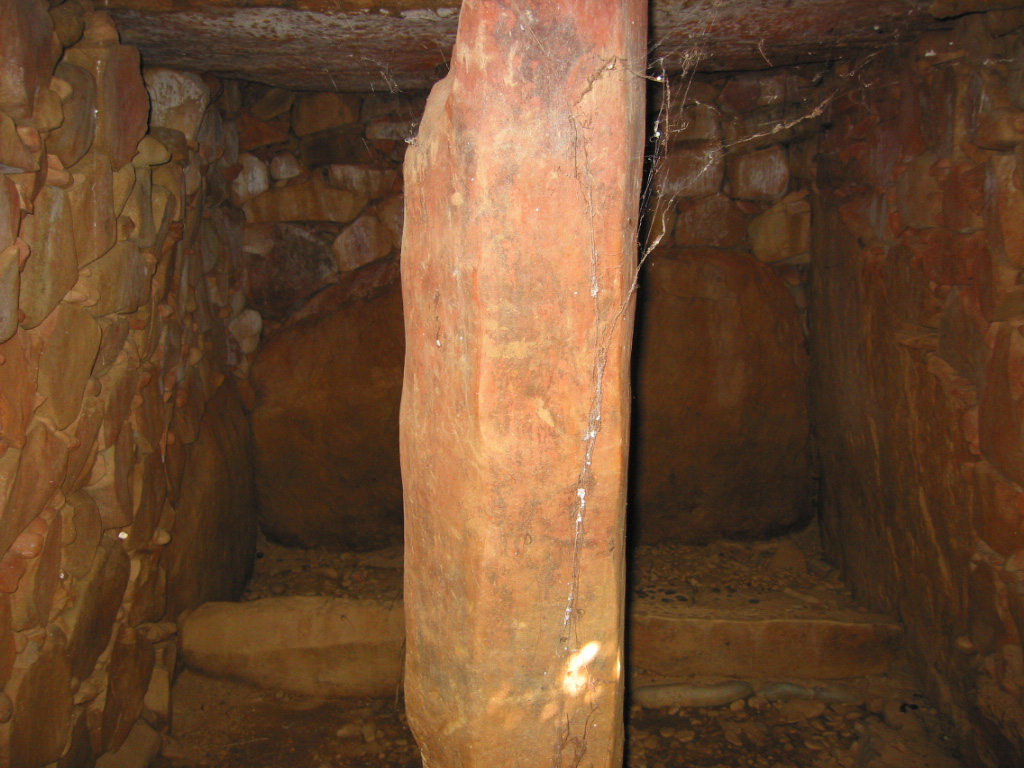
The stone room of the Katsuura-no-hata burial mound with the only stone pillar in the country
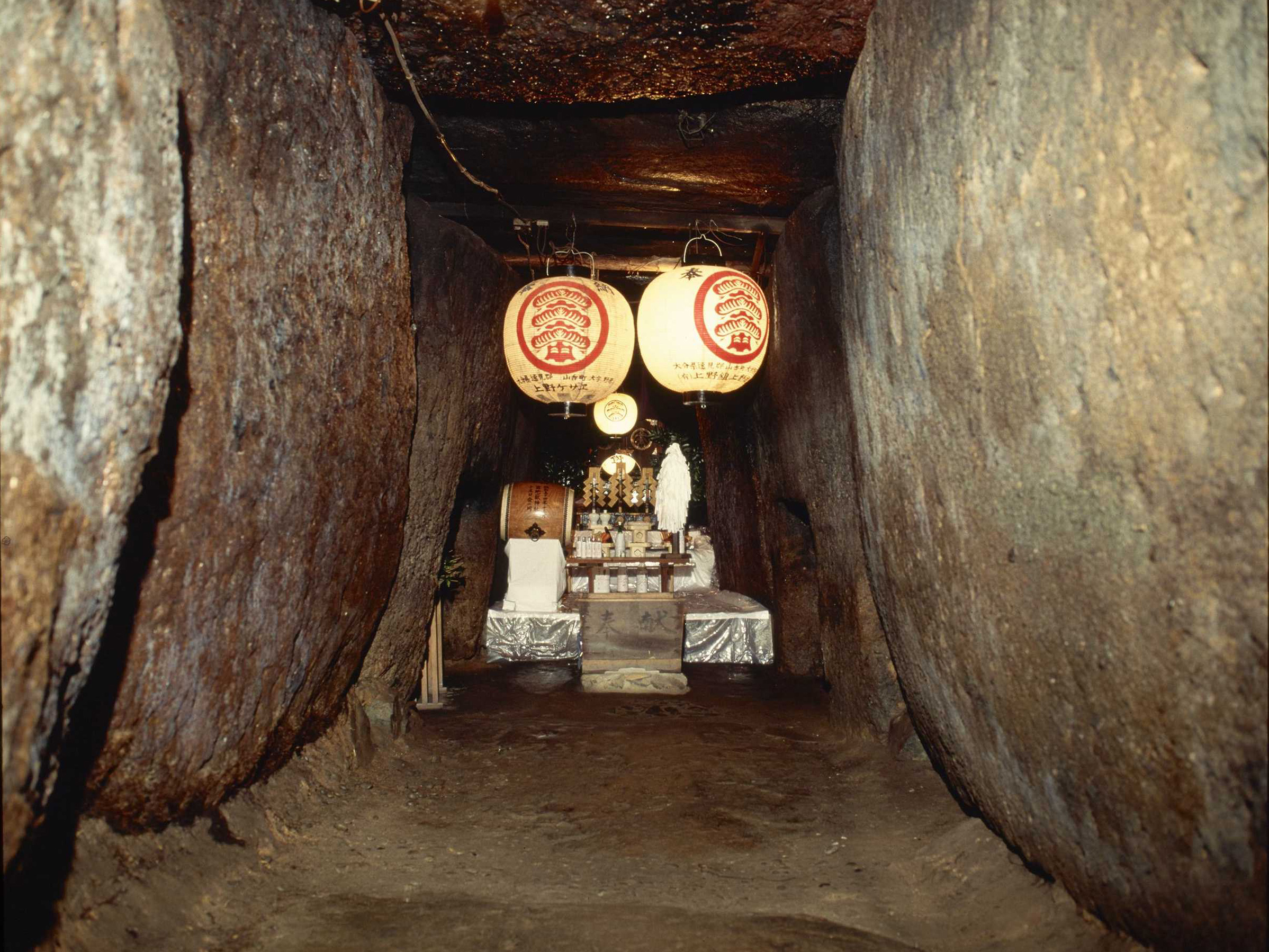
The stone room of the Miyaji Kofun
The information provided reflects the details available at the time of the survey.
Please note that facility details may change due to the facility’s circumstances, so please check for the latest information before visiting.
This content has been translated using machine translation.
Information provided by: JTB Publishing
The content uses an automatic translation service, which is not always accurate.
The translated content may be different from the original meaning, so please understand and use it.

